Understanding Detached Semi-Trailers: An Overview
A detached semi-trailer serves as a critical component in the logistics and transportation industry, bringing flexibility, efficiency, and versatility to hauling and shipping practices. A semi-trailer, by definition, is a trailer without a front axle that relies on a towing vehicle for its support. When we refer to “detached,” we’re emphasizing its capacity to decouple from a tractor unit. This capability permits easier loading and unloading processes, ultimately enhancing operational productivity.
The Anatomy of a Detached Semi-Trailer
To grasp the nuances of detached semi-trailers, it’s important to dissect their components and functionalities. Understanding these elements can illuminate their critical roles in transportation.
| Component | Description |
|---|---|
| Chassis | The structural framework of the trailer that supports cargo. |
| Axles | Often equipped with dual or triple axles to distribute weight. |
| Suspension System | Ensures stability and smooth handling while in transit. |
| Braking System | Integral for safety; features air brakes for powerful stopping. |
| Coupling Mechanism | Connects the semi-trailer to the tractor; usually a fifth wheel. |
| Cargo Area | The space designed to carry various types of loads, often customizable. |
| Lighting & Reflectors | Enhances visibility during nighttime or adverse weather conditions. |
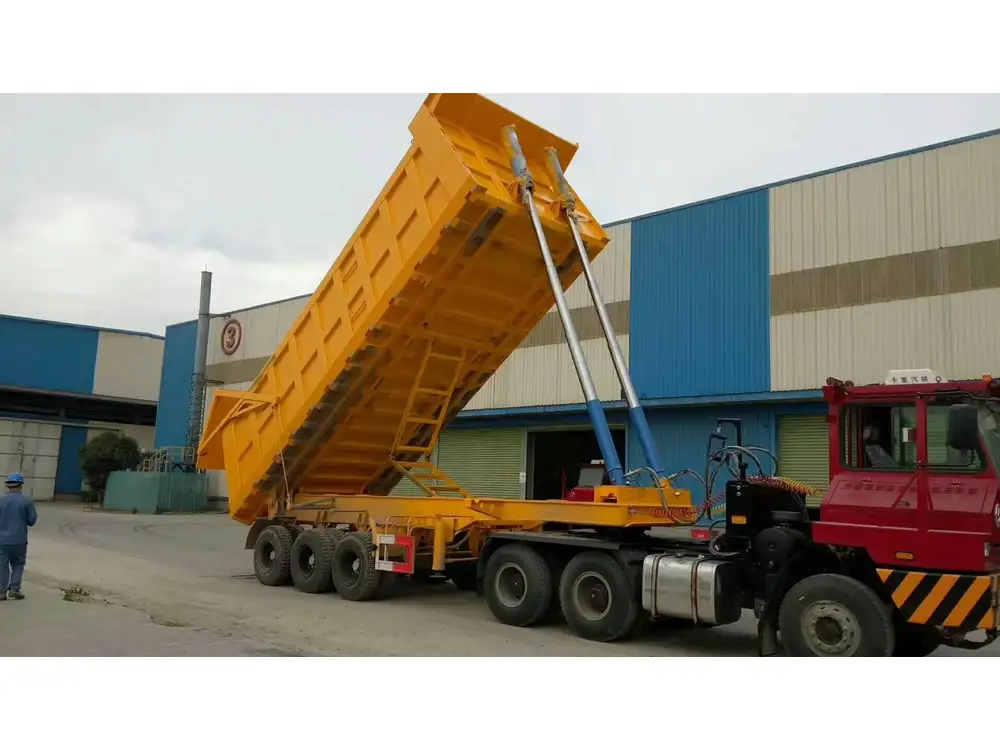
Key Specifications and Their Importance
Weight Limitations: Depending on the type of semi-trailer, weight limits may vary significantly. For example, a standard flatbed might hold up to 48,000 lbs, while specialized trailers can manage larger loads.
Dimensions: Standard semi-trailers are typically 53 feet long. However, variations exist, including shorter configurations for maneuverability in urban environments.
Construction Materials: Semi-trailers can be constructed from steel, aluminum, or composite materials, each providing different benefits in terms of weight, strength, and cost.
Common Types of Detached Semi-Trailers
Understanding the various types of detached semi-trailers can streamline decisions for businesses looking to optimize their transportation solutions.
1. Flatbed Trailers

Features
- Open design for easy loading.
- Multi-directional loading capabilities.
- Ideal for hauling oversized cargo.
Pros
- Versatile; can carry numerous load types including lumber, machinery, and building materials.
- Allows for top loading and side loading, which enhances access.
2. Refrigerated Trailers (Reefers)
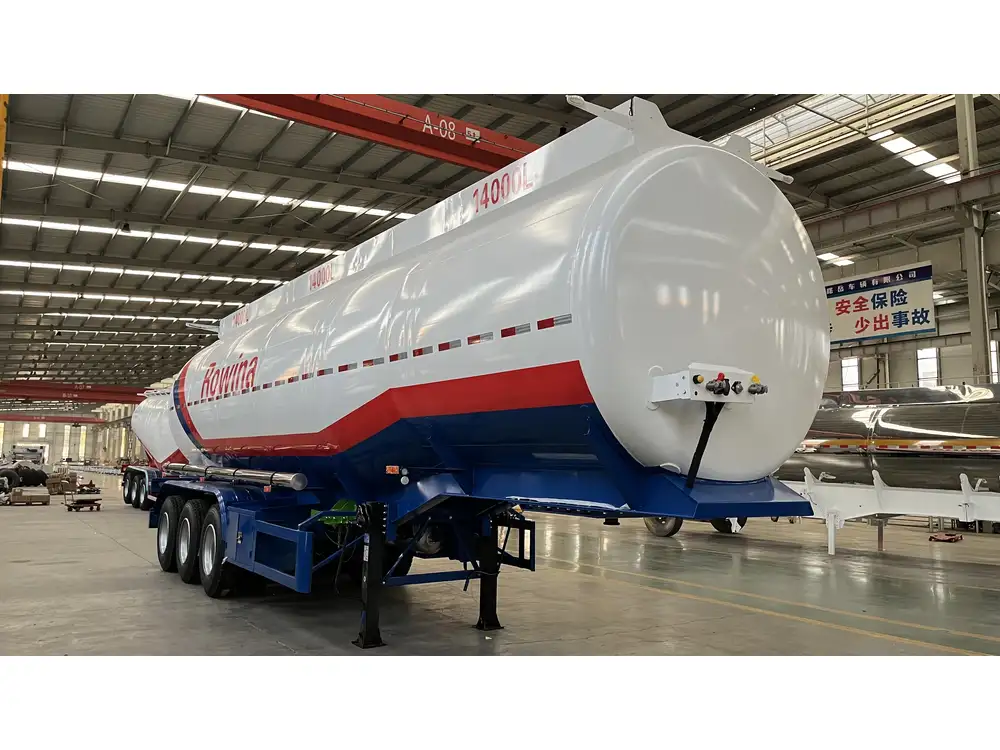
Features
- Insulated walls with refrigeration units.
- Maintain controlled temperatures for perishable goods.
Pros
- Essential for transporting food and pharmaceuticals.
- Ensures product integrity during transit.
3. Dry Van Trailers
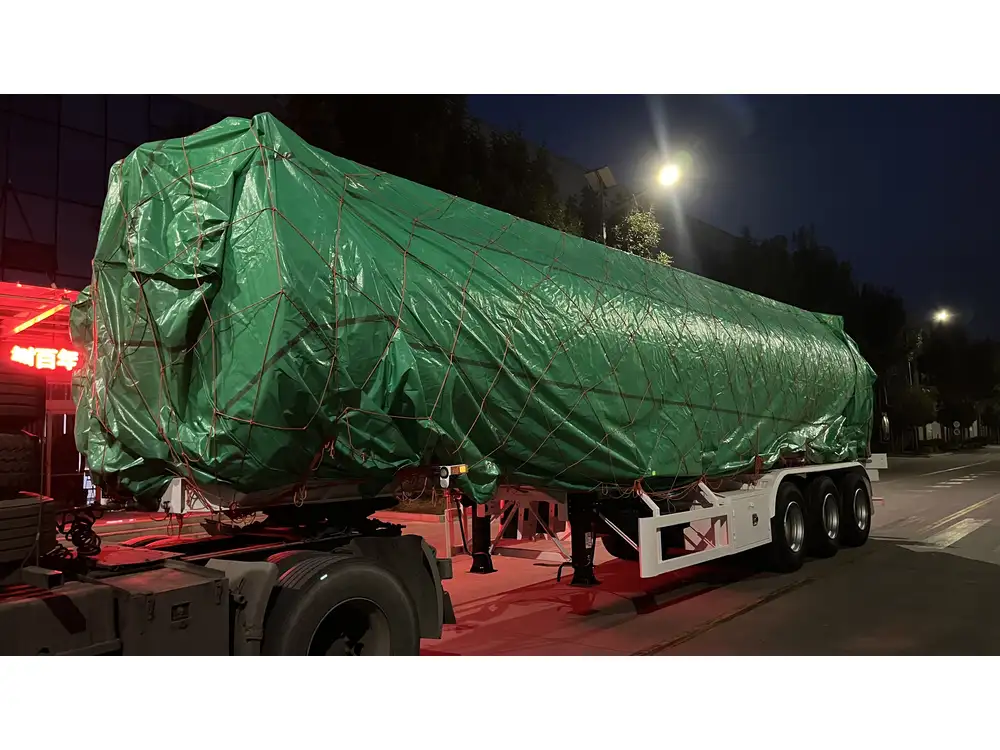
Features
- Box-shaped structure with enclosed cargo space.
- Usually fitted with a single rear door or double doors.
Pros
- Protects cargo from environmental factors.
- Offers security due to enclosed nature, safeguarding valuable goods.
4. Tanker Trailers
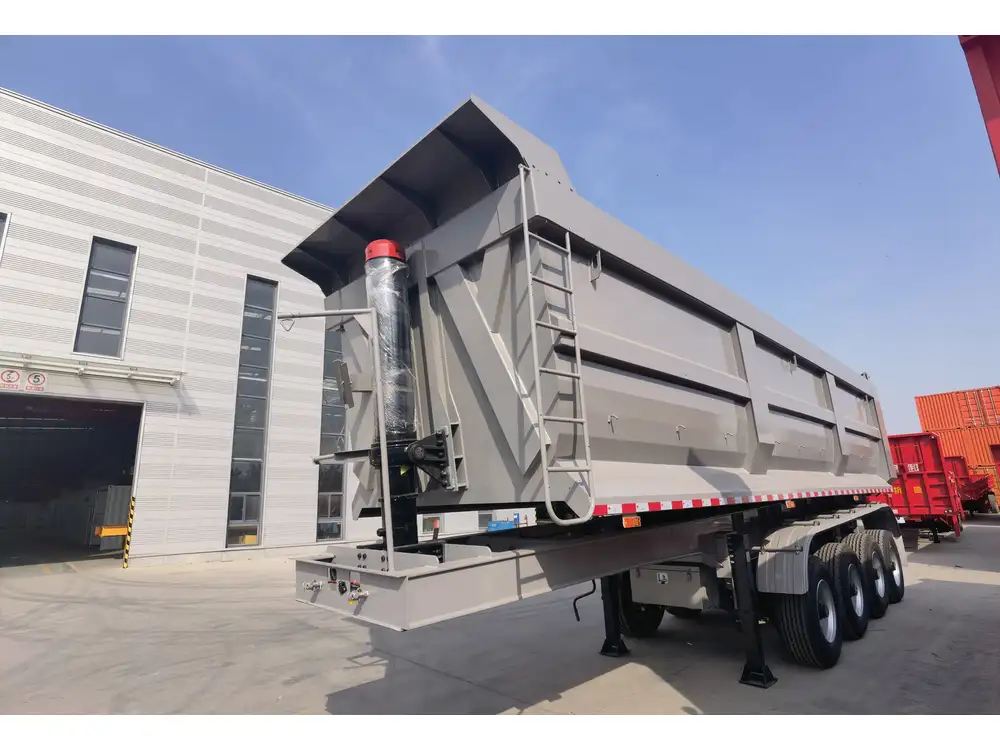
Features
- Specifically designed for liquid cargo.
- Comprising cylindrical tanks made of robust materials.
Pros
- Safety features to handle hazardous materials.
- Often used in transporting fuel, chemicals, or food-grade liquids.
5. Specialized Trailers

Features
- Custom-designed for specific hauling needs (e.g., lowboys, goosenecks).
Pros
- Tailored solutions provide enhanced efficiency for unique logistical challenges.
The Detaching Mechanism: How It Works
The efficacy of a detached semi-trailer is intricately linked to its coupling mechanism, which facilitates the separation of the trailer from the tractor unit.
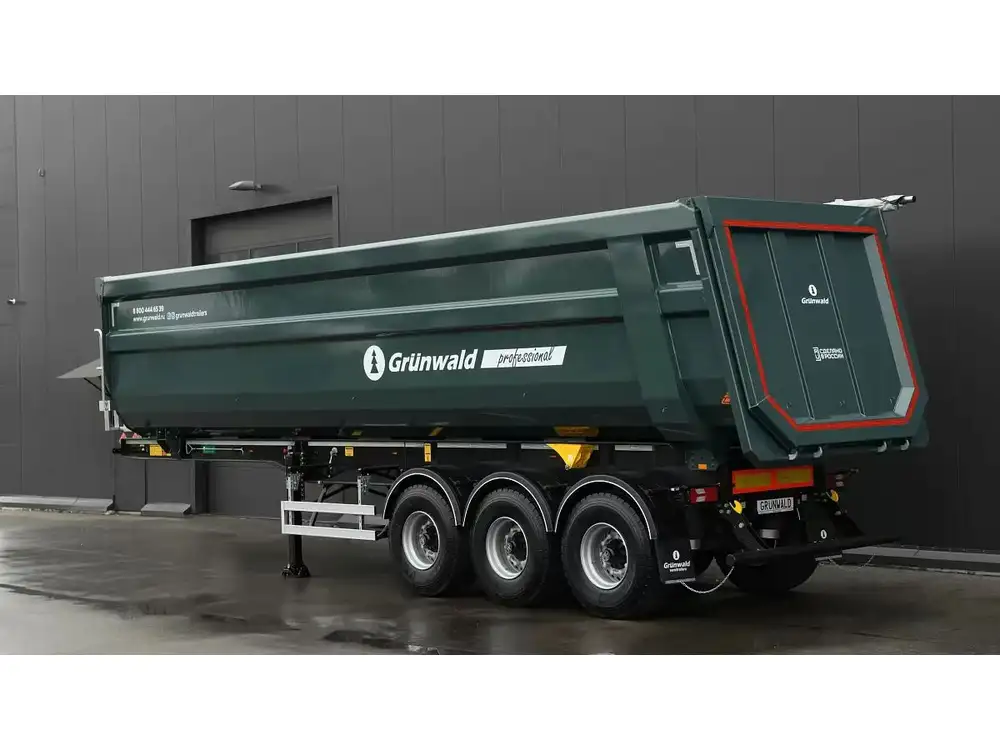
1. The Fifth Wheel Coupling
At the heart of the detachment process lies the fifth wheel coupling. Positioned on the tractor, it connects to a kingpin located beneath the semi-trailer, allowing for secure attachment while facilitating easy detachment.
Steps for Detachment:
- Ensure the parking brake is engaged.
- Raise the trailer’s landing gear.
- Pull the tractor unit away while maintaining a straight path to avoid misalignment.
2. Safety Checks Before Detachment
Implementing a systematic approach to ensure safety and prevent accidents is crucial.
| Safety Step | Description |
|---|---|
| Visual Inspection | Check tires, brakes, and the coupling mechanism. |
| Brake System Check | Ensure that the trailer’s brakes engage properly. |
| Load Securement Review | Confirm that all cargo is secured to withstand movement. |

Benefits of Using Detached Semi-Trailers
1. Operational Flexibility
Detached semi-trailers provide unparalleled flexibility. They can be dropped off at shipment locations, allowing the tractor to undertake multiple pickups and deliveries while the trailer remains stationary.
2. Increased Efficiency
By decoupling, businesses can manage logistics more effectively – this often results in enhanced resource management, time savings, and a greater focus on simultaneous logistics operations.

3. Safety Enhancements
With advanced braking systems, attached trailers provide enhanced safety and stability during transit, reducing the likelihood of accidents. The ability to reverse and maneuver a detached trailer independently also augments operational safety.
4. Cost-Effectiveness
Incorporating detached semi-trailers can prove more economical over time by allowing operators to maximize their transportation assets without investing in multiple tractor units.
Challenges and Solutions in Detaching Semi-Trailers

Common Challenges
Despite the numerous advantages that detached semi-trailers offer, several challenges may arise.
1. Connection Issues
Improper coupling and detachment can lead to accidents or cargo loss.
Solution: Regular training sessions for operators and routine checks on coupling mechanisms can mitigate these risks.
2. Weight Distribution
Improperly loaded trailers may lead to excessive wear on tires and suspension components.
Solution: Employ automated load distribution systems that help maintain optimal weight balance.

3. Environmental Factors
Weather conditions such as rain or snow can exacerbate the challenges of routine operations.
Solution: Utilize advanced technologies like weather tracking systems to prepare and adapt logistics strategies accordingly.
Conclusion: The Future of Detached Semi-Trailers
As the transportation industry evolves, so too does the significance of detached semi-trailers. With emerging technologies such as autonomous driving and smart logistics systems, the semi-trailer landscape is poised for innovative transformations. Manufacturers and stakeholders must adapt to these changes, ensuring enhanced operational performance and sustainability in logistics.
By comprehensively understanding detached semi-trailers and addressing both their benefits and challenges, businesses can optimize their logistics strategies. This insight supports informed decision-making, ultimately ensuring successful and efficient transportation operations.
Final Thoughts
For those in the logistics and transportation sectors, recognizing the value of detached semi-trailers is paramount. Whether it’s improving flexibility, ensuring safety, or enhancing operational efficiency, these trailers play a pivotal role in the supply chain. Embracing this understanding not only aids in optimizing existing operations but also prepares your business for future advancements in the industry.
Through education, strategic investment, and innovative practices, the potential of detached semi-trailers can be fully realized, marking a significant stride toward operational excellence in transportation logistics.



